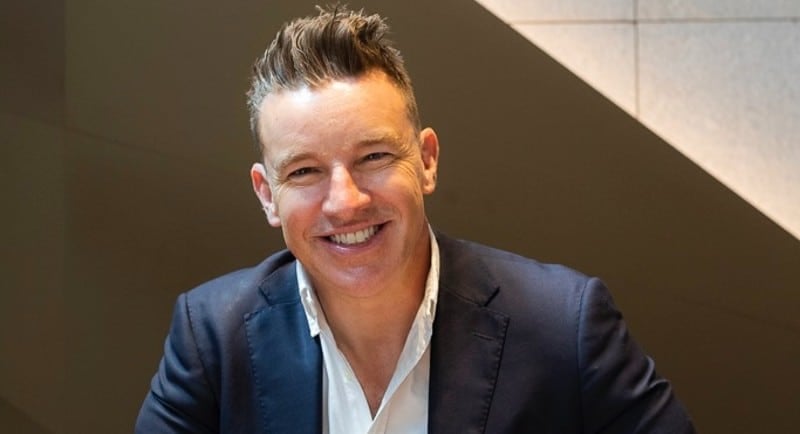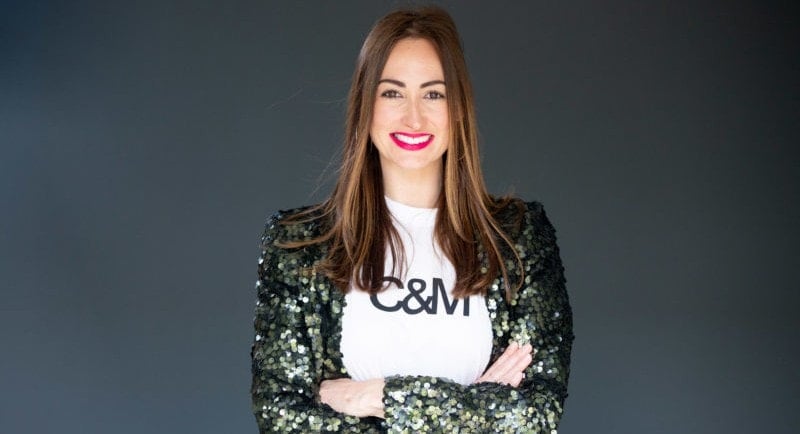The impact of younger generations on the growing popularity of in-house agencies in Australia should not be underestimated, according to Endeavour Group’s Katie Dally.
The 2023 In-House Agency Landscape Report, produced by the In-House Agency Council (IHAC) and Kantar Australia, revealed that 78% of marketers in Australia were working with an in-house agency, compared to 63% only two years prior.
Australia now surpasses mainland Europe in terms of percentages of businesses with an in-house agency offering, sitting only behind the United States.
See also: In-house agency boom: 78% of marketers work with internal talent
The key drivers for this trend are largely cost and production efficiencies, plus a growing preference for in-house and bespoke agency hybrid models. However, the movement of young talent towards conditions they deem reasonable – conditions once considered by some as drawbacks of in-housing – might also be contributing to the growing viability of in-house agencies in Australia.
While an endemic work-hard-play-hard ethos has historically been enough of a carrot to sustain juniors in the traditional agency environment, the values embraced by the current up-and-comers are not so easily satisfied.
Speaking to Mediaweek, Dally said the shifting expectations of the younger generations was something she “immediately noticed” upon transitioning to an in-house role.
“It is a very different cultural expectation,” said Dally, who serves as both the general manager marketing-creative for Endeavour Group, as well as board member for Australia’s In-House Agency Council (IHAC), in conversation with Mediaweek.
“The youth of today will have less tolerance for the late-hour culture.”
“When there is urgent business to attend to it will be attended to, regardless of the hour. But there is a no meetings culture before 9am and after 5pm at Endeavour to respect the line between work and life”.
The trend is accompanied by the growing redundancies of model “perks” from advertising’s past.
Said Dally, “The late-hours culture in-agency was always accompanied by perks, like ping pong tables, long lunches (gone are those days) and after hours get togethers.”
“Now that there’s less in-office, and we’ve got a swing to [be] more health conscious, that’s also changing what agency culture looks like.”
On the other hand, the CEO of the industry body Independent Media Association Australia (IMAA), Sam Buchanan, countered the trend.
While Buchanan agreed there is “generational change,” he asserted indie agencies can’t be “lumped in” with traditional holding companies or corporate models when it comes to the attraction and retention of young talent due to office dynamics and workplace environments.
Said Buchanan, “The indies pride ourselves on having more flexibility.
“Almost 90% of our members have a mixed work-from-home model, and it’s less corporate or as rigged as a larger in-housing operation possibly is.”
He added, “The industry still has a lot to offer in terms of fun, and we are adapting to the next generation.”
“In our experience, we’ve seen a lot of time in-housing eventually comes back to agencies.”

Sam Buchanan, CEO, Independent Media Association Australia (IMAA)
See also: Meerkats team with property expert Andrew Winter in Compare the Market campaign, via in-house agency
–
Top Image: Katie Dally
